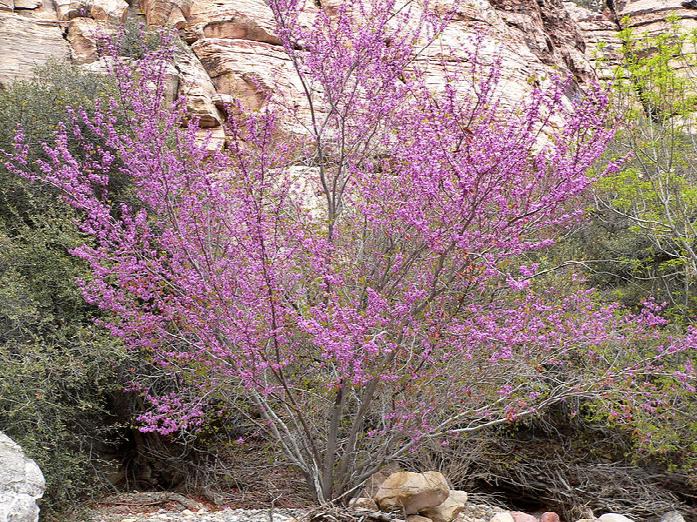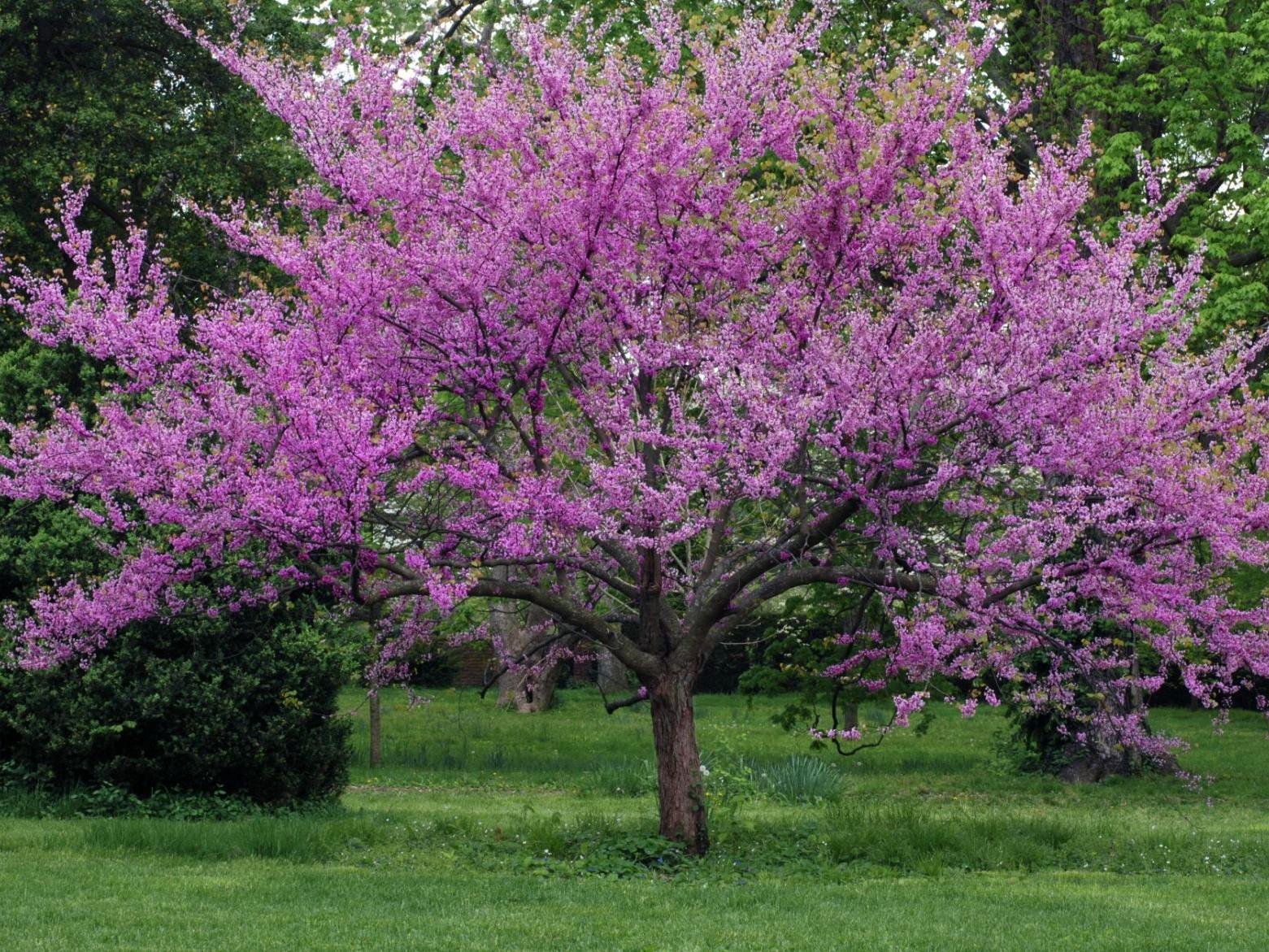western redbud tree care
Native to Californias low-elevation foothills this small deciduous tree grows into a low-branching compact shape. As a compact redbud tree the Western redbud is an ideal border plant for small gardens.

12 Different Types Of Redbud Trees Home Stratosphere
Use as a specimen patio or lawn tree in small groups or naturalized plantings.

. Regular pruning needed less frequently with age. The weeping redbud known as Lavender Twist was discovered in 1991 in western New York state. Test your soil pH with a kit.
The tree prefers growing in average to moist soil conditions and does best in full sun to partial shade. The best thing you can do to keep this tree healthy is to regularly water in summer and prune out dead branches. Lets break it down.
The Redbud can reach up to 20 feet tall 15 feet wide and have a life span of 40 to 150 years if taken care of properly. Mature Western redbuds require little to no water and prefer to be planted in dry areas with good soil drainage. Gather the hard seeds in the fall and soak them for 24 hours in very hot water that is allowed to cool and then refrigerate them for 8 to 12 weeks.
Prune when dormant in winter as needed. It grows best in full sun to part shade and evenly moist well-drained soils but is adaptable to most soils as long as drainage is good. An old western redbud that does not flower much anymore can be reinvigorated through coppicing by cutting all the way to the ground in the early spring.
Western redbud trees are multi-trunked small trees with pink flowers magenta buds and green heart-shaped leaves. There is a dwarf variety that can grow up to 15 feet tall and up to 20 wide with an. Early pruning to train a good shape.
15 rows Adapts to a wide variety of soils even clay. The beautiful redbuds western cousin Originally published August 29 2009 at 1201 am Updated August 29 2009 at 444 am In the driest years in the California foothills western-redbud leaves. Lower limbs can be removed to create a tree-like rather than a shrub form although it will never lose its multi-trunked architecture.
Thrives in average to lean well-drained soil. It is tolerant of a wide range of soil pH values from 45 to 75. Spring and fall are the perfect seasons to plant by the way.
Planted in the full sun redbud must be watered regularly during periods of drought. 20 to 25 feet. Drought tolerant but can handle occasional watering in summer as long as it is planted in well-drained soil.
If your soil tests as more acidic or lower than 55. It can take heavy pruning. Sow the seeds in deep enough pots to avoid damage to.
Needs wide basin for surface roots. 2Place your tree level in the hole. Dig a hole about twice the width and about as deep as the root ball.
The gardeners last name is Covey and so the tree is sometimes also known as the Covey Eastern Redbud. Its an adaptable tree and will grow in acidic alkaline loamy moist rich sandy and clay soils. Place about 3 inches 76 cm of mulch around the tree but not touching the trunk to help retain moisture.
Tolerates alkaline and clay soils. It is an ideal candidate for mass planting and accent trees in a garden. Flowers before leaves appear.
Native to California Western Redbuds thrive in zones 6. In fact once it is established you really dont need to do anything for this tree to survive. Soils should be well drained but young trees will adapt to all but constantly wet sites.
Best flower production is obtained in full sun. It was patented in 1998 and is now more widely available. Western redbuds produce purple seed pods that keep their color throughout the summer.
Water sprouts and suckers however should be removed each year. This trees canopy is dense enough to provide great shade throughout the summer before fading to a soft gold in the fall. Mature redbuds may develop flat seed pods which may persist into winter.
Broad heart-shaped foliage emerges apple green and transitions through shades of blue-green and reddish yellow before dropping in. Prune the redbud in the fall to maintain a natural growth habit and to trim off any dead branches. The Western Redbud is useful in narrow areas near the house.
Pruning improves the overall structure of the tree. Newly planted trees respond very well to fertilization. The Western Redbud is a perfect low maintenance tree for properties in our Bay Area.
The plant will usually but no guarantees send up vigorous new shoots and start over with a new lease on life 2. This tree loves the sun and needs just a bit of cool temps to bring its beautiful magenta flowers to bloom in spring. You want your tree to be slightly above the existing soil line.
Western redbud is also a welcome garden choice because its attractive shape and size do not require much if any pruning or maintenance. When young the growth rate of redbud is moderate to fast as it matures the growth rate slows. Finally water the surrounding soil to settle your trees roots.
These trees prefer an organic soil. Resistant to oak root fungus. Western Redbud Cercis occidentalis.
It is also tolerant of acid or alkaline soils. Simply dig ahole thats about twice the width of your trees root ball place yourEastern RedbudTree and backfill the soil. Additionally this plant needs four season climates with a cool winter to thrive so best not to plant near the immediate coast in southern California.
The care of redbud trees requires minimal effort. Redbud is propagated by seed by layering and by cuttings. Redbuds do well in a wide pH range from about 55 to 8.
This is best done by removing one or two branches a year over a period of a few years until the needed clearance is obtained. As the tree gets older pruning every three to five years will keep the tree in good general shape. 20 to 30 feet.
Susceptible to canker verticillium wilt leaf spots and blight and a number of insects. Follow our Redbud tree care tips so your Redbud tree can thrive. In southern California best to plant Western Redbuds near seasonal streams springs damp areas or irrigated areas.
Planting Redbud Tree 1. Drought tolerant once established any soil heat and some shade. A full sun to part shade lover this Redbud is easily grown in well-drained soils.
Left unchecked it eventually grows to approximately 12-20 ft. Eastern redbud is hardy in USDA Zones 4-9.

Western Redbud Friends Of The Urban Forest
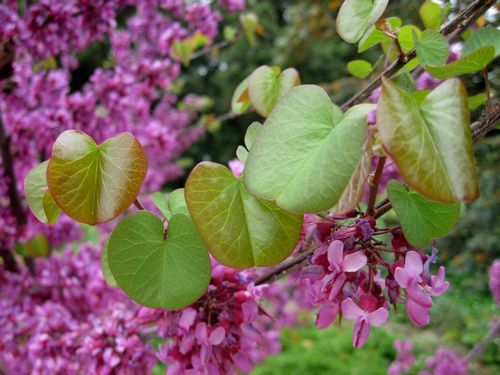
Western Redbud Cercis Occidentalis
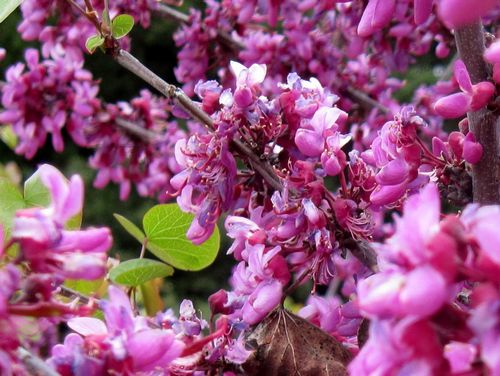
Western Redbud Cercis Occidentalis
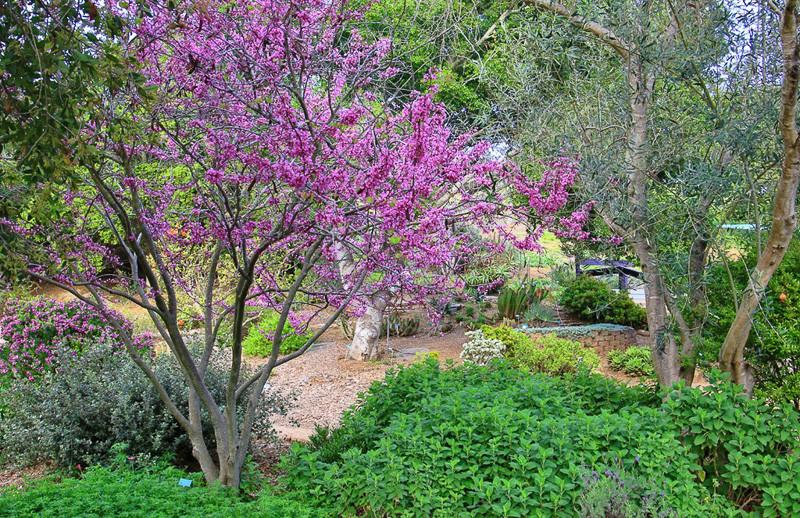
Cercis Occidentalis Western Redbud

Can You Keep A Redbud Tree Small Everything To Know
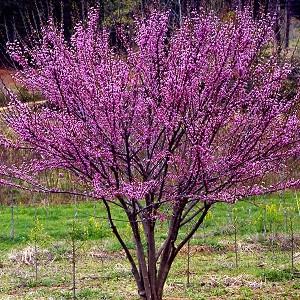
Cercis Occidentalis Western Redbud
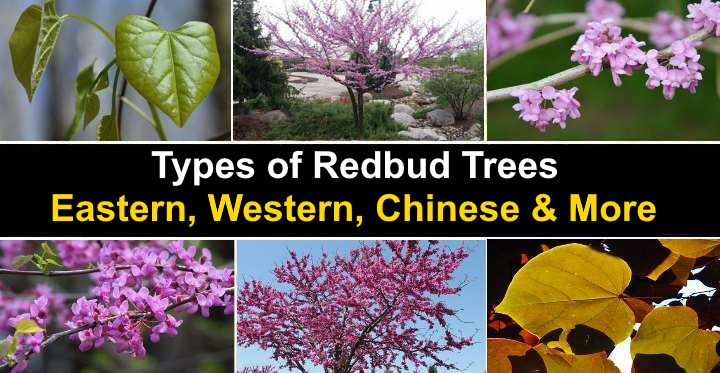
Types Of Redbud Trees Eastern Western Chinese Pictures
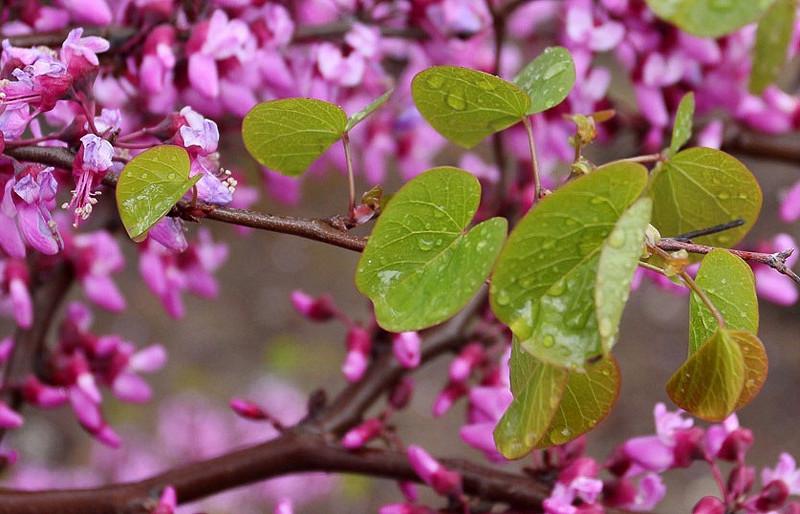
Cercis Occidentalis Western Redbud

Western Redbud Cercis Occidentalis

Selectree A Tree Selection Guide

Western Redbud Works Better In Desert Climate Las Vegas Review Journal

Redbud Tree A Four Season Beauty Melinda Myers
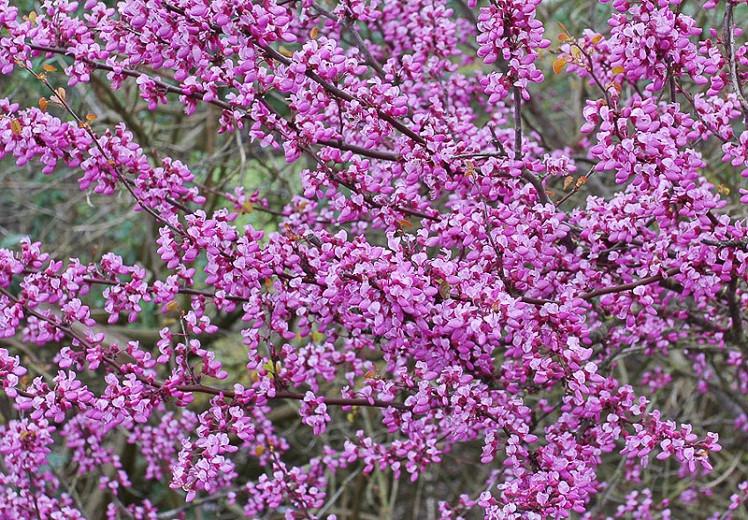
Cercis Occidentalis Western Redbud
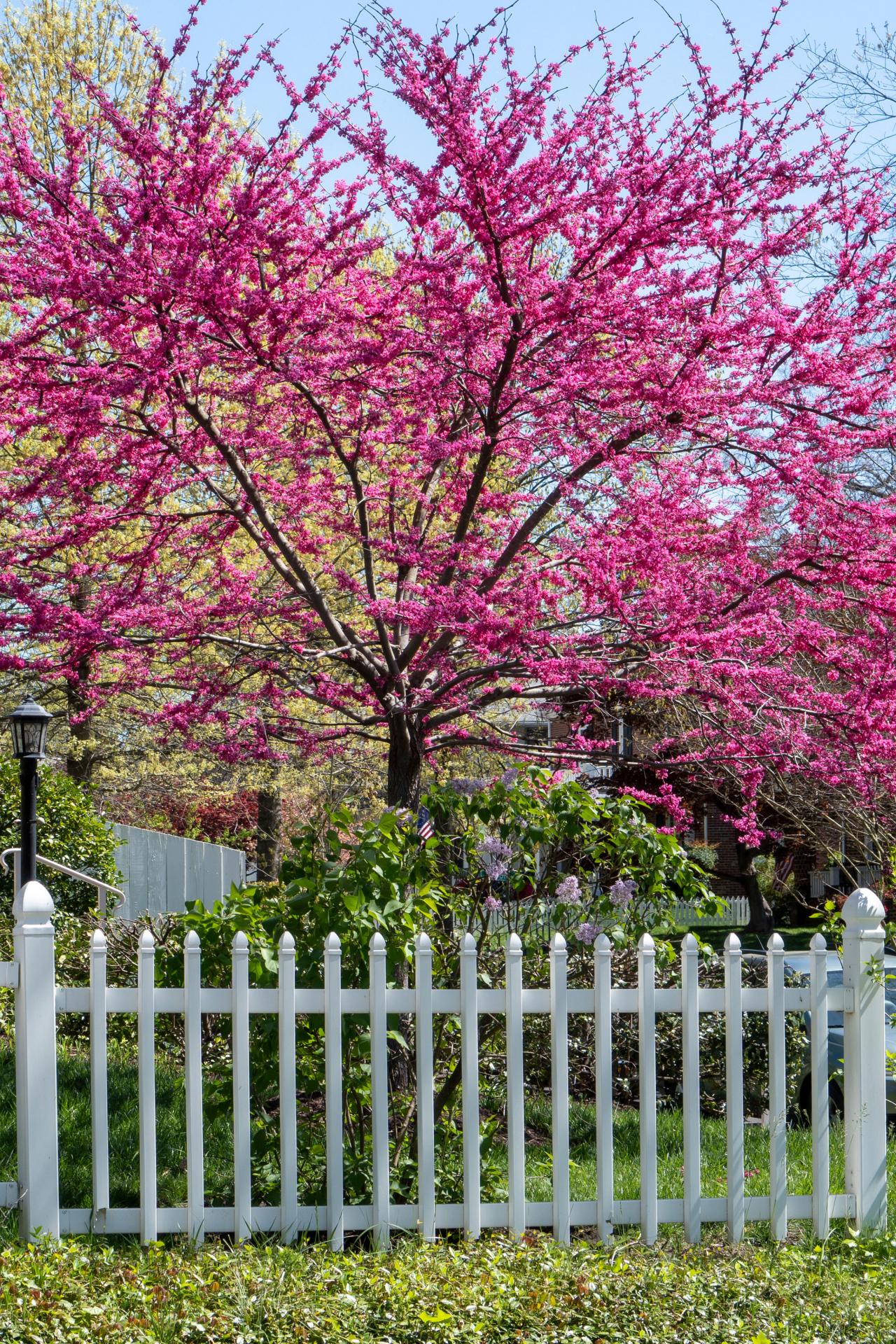
How To Choose Plant And Grow A Redbud Tree Hgtv
